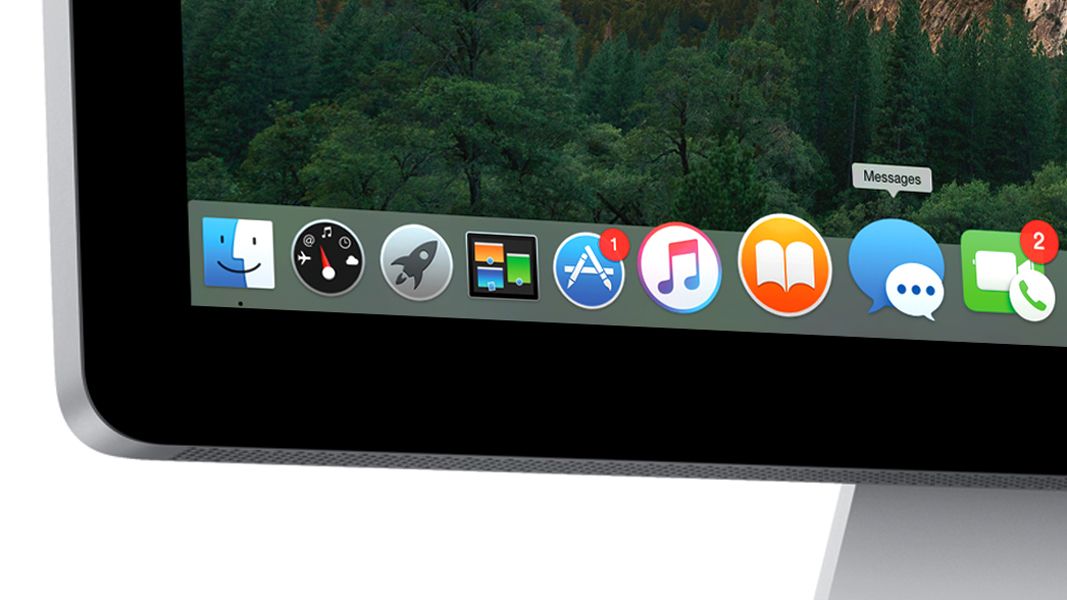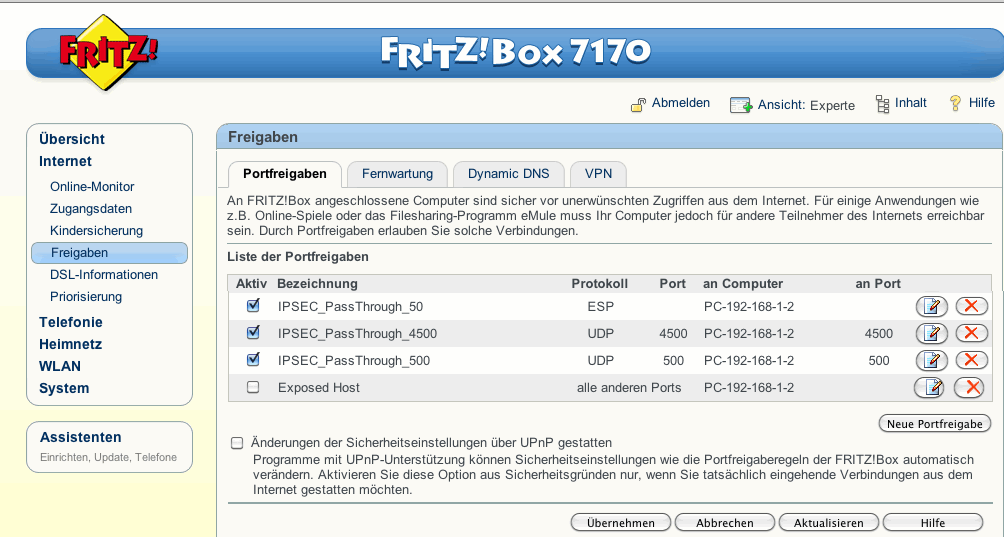Docker Desktop for Mac provides several networking features to make it easier to use. Features VPN Passthrough. Docker Desktop for Mac’s networking can work when attached to a VPN. To do this, Docker Desktop for Mac intercepts traffic from the containers and injects it into Mac as if it originated from the Docker application.
- Install and run Docker Desktop on Mac 🔗 Double-click Docker.dmg to open the installer, then drag the Docker icon to the Applications folder. Double-click Docker.app in the Applications folder to start Docker. (In the example below, the Applications folder is in “grid” view mode.).
- VPN Passthrough 🔗 Docker Desktop for Mac’s networking can work when attached to a VPN. To do this, Docker Desktop for Mac intercepts traffic from the containers and injects it into Mac as if it originated from the Docker application.
- Many restricted environments make people need to use VPN servers. There are some VPN providers available for free or paid use but there are also many people who don’t trust these providers.
Started using docker at work again.
All the previous work is almost outdated and the old scripts are broken.Been getting issues all over the places.
Normally, I connect remotely over VPN using Cisco's AnyConnect Client.
Big one is not being able to connect to the docker-machine (on windows) while connected work's corporate network.`docker-compose` cannot connect to the docker containers.Error message is similar to:
This machine has been allocated an IP address, but Docker Machine could not reach it successfully.SSH for the machine should still work, but connecting to exposed ports, such as the Docker daemon port (usually <ip>:2376), may not work properly.You may need to add the route manually, or use another related workaround.This could be due to a VPN, proxy, or host file configuration issue.
Only solution I found that works is to port-forward then explicily set the DOCKER_HOST.This causes cert issues that can be overcome with env vars.
Using `docker-compose` to manage the containers, I couldn't get `–tls-verify` to do anything.
VBoxManage modifyvm 'default' –natpf1 'docker,tcp,2376,2376'
$env:DOCKER_HOST='tcp://127.0.0.1:2376'
$env:DOCKER_TLS_VERIFY=';
docker-compose up
Estimated reading time: 4 minutes
Docker Desktop for Mac provides several networking features to make iteasier to use.
Features
VPN Passthrough
Docker Desktop for Mac’s networking can work when attached to a VPN. To do this,Docker Desktop for Mac intercepts traffic from the containers and injects it intoMac as if it originated from the Docker application.
Port Mapping
When you run a container with the -p argument, for example:
Docker Desktop for Mac makes whatever is running on port 80 in the container (inthis case, nginx) available on port 80 of localhost. In this example, thehost and container ports are the same. What if you need to specify a differenthost port? If, for example, you already have something running on port 80 ofyour host machine, you can connect the container to a different port:

Now, connections to localhost:8000 are sent to port 80 in the container. Thesyntax for -p is HOST_PORT:CLIENT_PORT.
HTTP/HTTPS Proxy Support
See Proxies.
Known limitations, use cases, and workarounds
Following is a summary of current limitations on the Docker Desktop for Macnetworking stack, along with some ideas for workarounds.
There is no docker0 bridge on macOS
Because of the way networking is implemented in Docker Desktop for Mac, you cannot see adocker0 interface on the host. This interface is actually within the virtualmachine.
I cannot ping my containers
Docker Desktop for Mac can’t route traffic to containers.
Per-container IP addressing is not possible

The docker (Linux) bridge network is not reachable from the macOS host.
Use cases and workarounds
There are two scenarios that the above limitations affect:
I want to connect from a container to a service on the host
The host has a changing IP address (or none if you have no network access). We recommend that you connect to the special DNS namehost.docker.internal which resolves to the internal IP address used by thehost. This is for development purpose and will not work in a production environment outside of Docker Desktop for Mac.

You can also reach the gateway using gateway.docker.internal.
If you have installed Python on your machine, use the following instructions as an example to connect from a container to a service on the host:
Run the following command to start a simple HTTP server on port 8000.
python -m http.server 8000If you have installed Python 2.x, run
python -m SimpleHTTPServer 8000.Now, run a container, install
curl, and try to connect to the host using the following commands:
I want to connect to a container from the Mac

Port forwarding works for localhost; --publish, -p, or -P all work.Ports exposed from Linux are forwarded to the host.
Our current recommendation is to publish a port, or to connect from anothercontainer. This is what you need to do even on Linux if the container is on anoverlay network, not a bridge network, as these are not routed.
Docker For Mac Vpn Passthrough Software
The command to run the nginx webserver shown in Getting Startedis an example of this.
Docker For Mac Vpn Passthrough Windows 10
To clarify the syntax, the following two commands both expose port 80 on thecontainer to port 8000 on the host:
To expose all ports, use the -P flag. For example, the following commandstarts a container (in detached mode) and the -P exposes all ports on thecontainer to random ports on the host.
See the run command for more details onpublish options used with docker run.